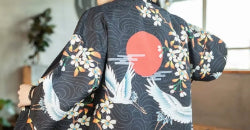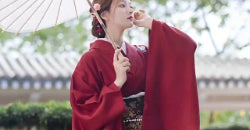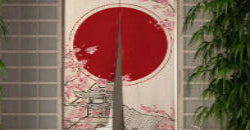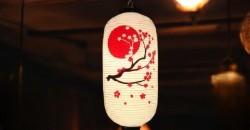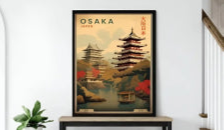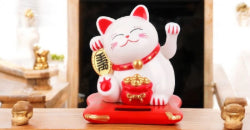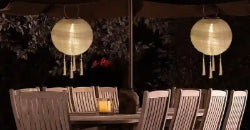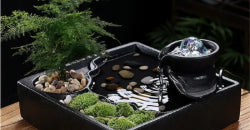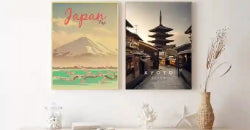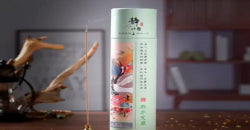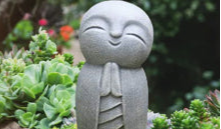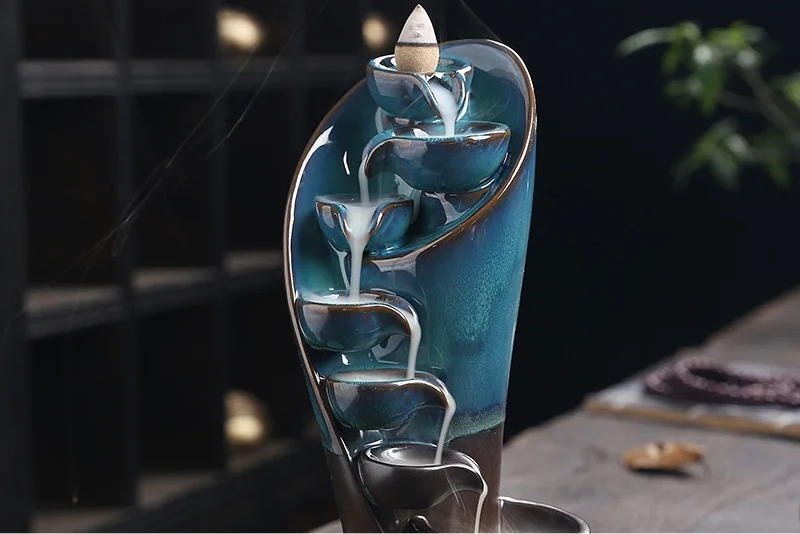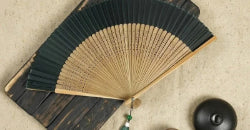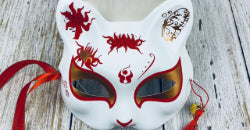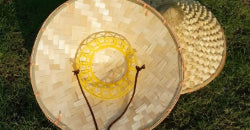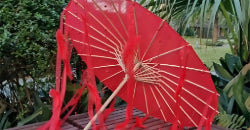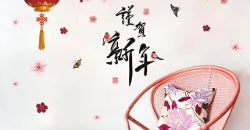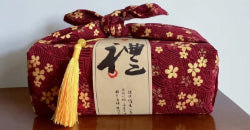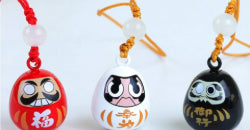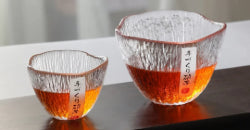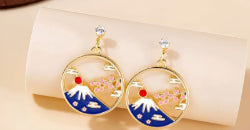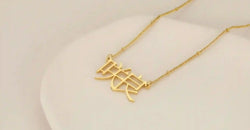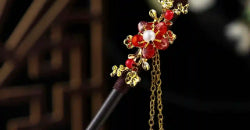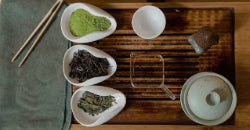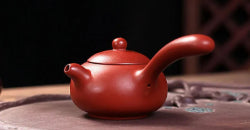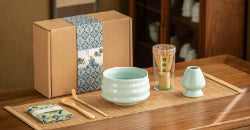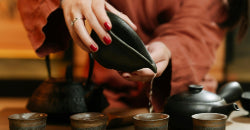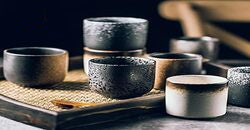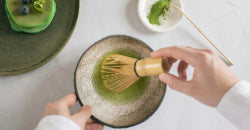10 things to do in the capital of Japan

Source: Freepik
At the heart of the Japanese archipelago, Tokyo exudes a fascinating energy, blending centuries-old traditions with dizzying innovations. Futuristic skyscrapers, peaceful shrines, and vibrant neighborhoods: every corner of the Japanese capital offers a unique experience. Here are ten things to do in Tokyo.
1. Explore the Meiji Shrine
Meiji Shrine is located in the heart of a vast wooded park, sheltered from the hustle and bustle of Tokyo. This place, dedicated to Emperor Meiji and his wife Empress Shōken, embodies a spiritual and calming facet of Japan. Following the path lined with imposing torii, visitors enter a space imbued with silence and serenity. The surrounding tranquility contrasts sharply with the energy of the neighboring capital. Shinto ceremonies or worshippers dressed in traditional kimonos are frequently encountered here. The museum adjoining the shrine offers interesting insights into the imperial history and significance of the place. Here, each step is accompanied by the rustling of leaves, the smell of damp wood , and a feeling of profound calm. More than a tourist site, Meiji Shrine offers a true immersion into the spiritual heart of Japan.
2. Cross the Shibuya Crossing
An iconic landmark in Tokyo, Shibuya Crossing epitomizes the frenetic pace of the Japanese capital. Amidst a constant stream of passersby, Shibuya Crossing embodies Tokyo's raw energy. This immense intersection, where hundreds of pedestrians cross simultaneously, has become a global symbol of Japanese urban life . From the upper floors of the surrounding cafes, the spectacle transforms into a mesmerizing choreography. Here are some of the area's must-see spots:
-
The statue of Hachikō, the faithful dog who became a legend.
-
The windows and illuminated signs of the Gay Center.
-
Shopping malls like Shibuya 109, emblems of Japanese fashion.
Finding yourself at the center of this crossroads, even for a few moments, allows you to feel the full human density and unique dynamism of Tokyo.
3. Discover the geek world of Akihabara

Source: Freepik
Akihabara embodies one of Tokyo's most unique faces. This lively district attracts fans of anime, video games, and new technologies. Giant screens illuminate the facades while the windows display a multitude of merchandise. Fans find old manga, meticulously detailed figurines, and all kinds of electronic gadgets. Some unusual places, like maid cafes , offer an offbeat experience where you dive into an imaginary world. The atmosphere blends digital modernity with memories of the 1980s. More than just a shopping district, Akihabara offers a dive into Japanese geek culture , combining curiosity, entertainment, and passion.
4. Participate in an authentic Japanese tea ceremony ritual
The tea ceremony embodies a Japanese tradition deeply rooted in calm, precision, and the beauty of gesture. Participating in this ritual is like entering a world where every detail counts and silence becomes a language. The experience is not limited to tasting green tea ; it invites you to slow down, observe, and feel the moment. Several key elements make up this practice:
-
The matcha is carefully whisked until a fine, even foam is obtained.
-
The tea pavilion, sober and soothing, promotes concentration and simplicity.
-
The precise protocol, passed down from generation to generation, guides the exchanges between the host and his guests.
This suspended moment reflects the quest for harmony and balance specific to Japanese culture . In Tokyo, certain specialized places allow you to discover this tradition, often supervised by experts who perpetuate this art with rigor and respect.
5. Relax in an onsen in Odaiba
Located on an artificial island in Tokyo Bay , Odaiba offers a unique setting that blends modernity and relaxation. Among its many attractions, the onsen experience is a particular draw for visitors seeking well-being. These traditional baths allow you to recharge your batteries in a peaceful atmosphere, far from the hustle and bustle of the city. The Oedo-Onsen Monogatari center, inspired by the Edo period, is one of the most emblematic in the district. There you will find:
-
indoor and outdoor pools filled with thermal waters with relaxing properties;
-
yukata to wear to extend the immersion in Japanese culture; and
-
a neat decor evoking an ancient village, ideal for escape.
Immersing yourself in these warm waters becomes a comforting ritual, perfect for concluding a day full of discoveries. Odaiba thus succeeds in combining urban entertainment and ancestral traditions in the same place.
6. Admire the panoramic view from the Shinjuku City Hall Observatory
The Tokyo City Hall Observatory is located atop two iconic towers in the Shinjuku district . It offers impressive panoramic views of the entire city. Access is free, making it a great option for those who want to admire Tokyo without paying. On a clear day, Mount Fuji appears on the horizon, adding a majestic touch to the cityscape. This location offers:
-
circular view of the many faces of Tokyo, between modernity and tradition;
-
visual immersion in the architectural density of the city; and
-
unique opportunity to capture spectacular photos, especially at dusk.
The atmosphere is calm, almost solemn, contrasting with the bustle of the neighborhood below. From these heights, it becomes easier to grasp the scale and energy of the Japanese capital.
7. Stroll through the alleys of Daikanyama

Source: Freepik
Daikanyama embodies an elegant Tokyo, far from the hustle and bustle of the city. Located southwest of Shibuya, this quiet neighborhood invites you to wander. Its tree-lined streets are home to designer boutiques, elegant cafes, and libraries with a unique charm. Far from the main commercial arteries, the atmosphere is expansive, almost intimate. The Tsutaya bookstore, with its clean lines and soothing atmosphere, attracts lovers of fine books as well as curious people in search of peace and quiet. Daikanyama seduces with its careful aesthetic, combining discreet modernity and European touches . It is a neighborhood that prioritizes quality over hustle and bustle, where every turn reveals a new inspiring address. As you walk along, a more subtle Tokyo emerges, made of details, calm, and taste.
8. Participate in traditional festivals
Japanese festivals enliven Tokyo throughout the year and reflect its rich cultural heritage. These events, called matsuri , immerse the neighborhoods in a festive atmosphere, punctuated by drums, dances, and traditional costumes. Each celebration has its own unique identity. Among the most emblematic are:
-
Sanja Matsuri in Asakusa in May, known for its mikoshi (portable shrines) carried in procession;
-
Sumida River Fireworks Festival in summer, which lights up the Tokyo sky; and
-
Kanda Matsuri, held alternately in odd-numbered years, is one of the oldest and most respected in Japan.
These gatherings are not just festive. They strengthen the social fabric and pass down traditions from generation to generation. Attending a matsuri is like experiencing Tokyo from a different perspective: joyful, authentic, and deeply rooted in the collective memory.
9. Take a cruise on the Sumida River
Cruising the Sumida River offers a peaceful and unique way to explore Tokyo. Far from the hustle and bustle of the main roads, this cruise passes through iconic neighborhoods while passing through serene landscapes. The boats, often modern, glide under numerous bridges and along carefully landscaped banks. The route offers glimpses of famous sites such as
-
the Asakusa:
-
Tokyo Skytree Tower; or
-
Hamarikyu Gardens.
During the cherry blossom season, the journey transforms into a natural spectacle of great beauty. This river crossing offers a visual and sensory break in the heart of the capital, inviting you to rediscover its most peaceful side.
10. Explore the Tsukiji Fish Market
The Tsukiji Fish Market, although relocated to Toyosu as a major festival, remains an iconic spot for exploring Tokyo's culinary world. This bustling market is brimming with fresh produce, from colorful fish to rare seafood. Wandering its aisles allows you to observe the skill of vendors and chefs preparing sashimi and sushi live. The vibrant atmosphere offers an authentic immersion in Japanese culinary culture. Several small nearby restaurants offer traditional dishes made with ultra-fresh fish, a must-try experience for food lovers.
What should I know about Tokyo before traveling?

Source: Freepik
Before discovering the lights of Shibuya or the serenity of Zen gardens, it's essential to understand some of the realities that shape Tokyo life . In Tokyo, public drinking is tolerated for adults over the age of 20. However, respectful behavior is required: avoiding loud noises and leaving the premises clean are implicit rules. On the other hand, Japan is extremely strict about drugs. Any possession of illicit substances, even in small quantities, exposes you to heavy penalties. While CBD is permitted in certain cases, it must be completely exempt from THC . Even the slightest trace of the latter remains illegal.
In Tokyo's bustling streets, some neighborhoods reveal a darker side of the city. Although the country often projects a conservative image, the sex trade is present in various forms: hostess clubs, adult establishments, or "soaplands." In Kabukicho , the neon signs attract both curious onlookers and partygoers. However, behind this window dressing sometimes hides a less glamorous world, linked to organized crime groups. It's best to avoid offers from touts on the street: many scams target visitors, sometimes without their knowledge. This sector, although visible, should be approached with caution, or even avoided completely to enjoy a stay without unpleasant surprises.
Finally, Tokyo is not immune to natural hazards. Earthquakes are common, even though most recent buildings were designed to withstand them. It is not uncommon to experience slight jolts. From May to October, typhoons can also pass through the region, causing disruptions to transport or the temporary closure of tourist attractions. It is recommended to follow official information in the event of bad weather, particularly via the Safety Tips app . Despite an ultra-modern setting, some forms of discrimination persist: some establishments may refuse entry to foreigners, without explanation. Furthermore, initiatives exist to combat harassment, such as subway cars reserved for women. Tokyo is thus a fascinating metropolis, but one to discover while remaining attentive to local codes and realities.











